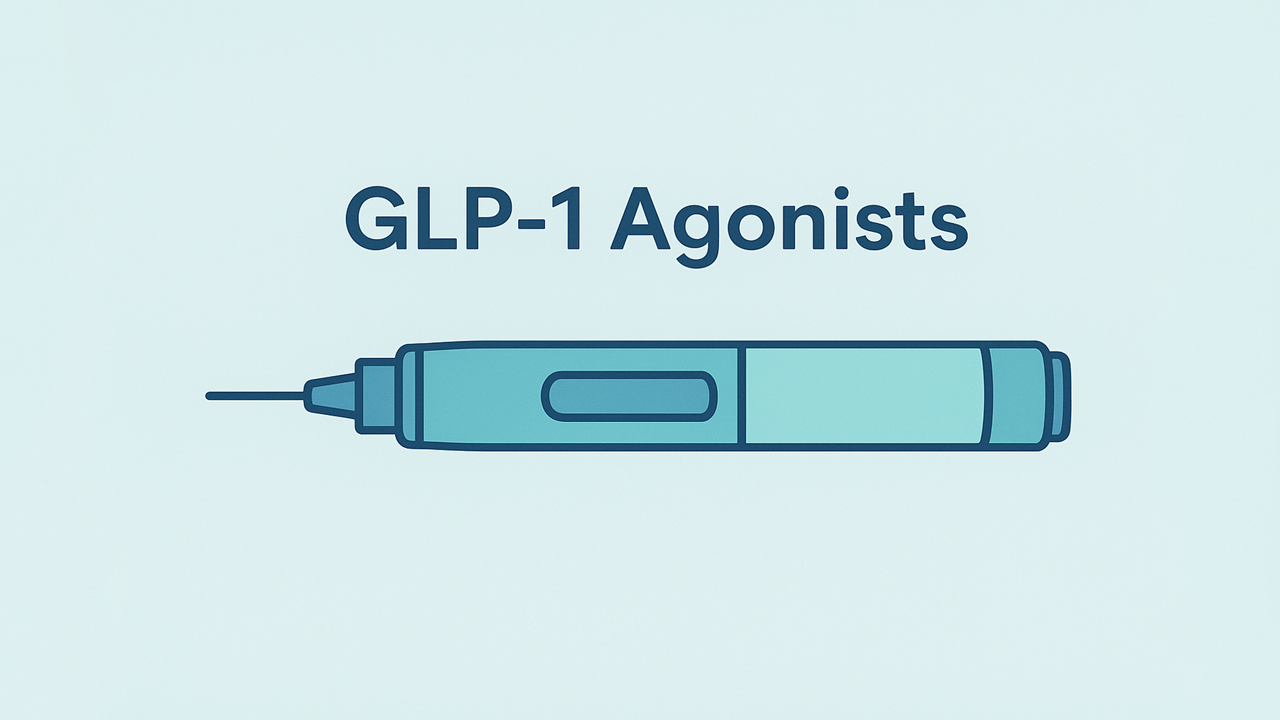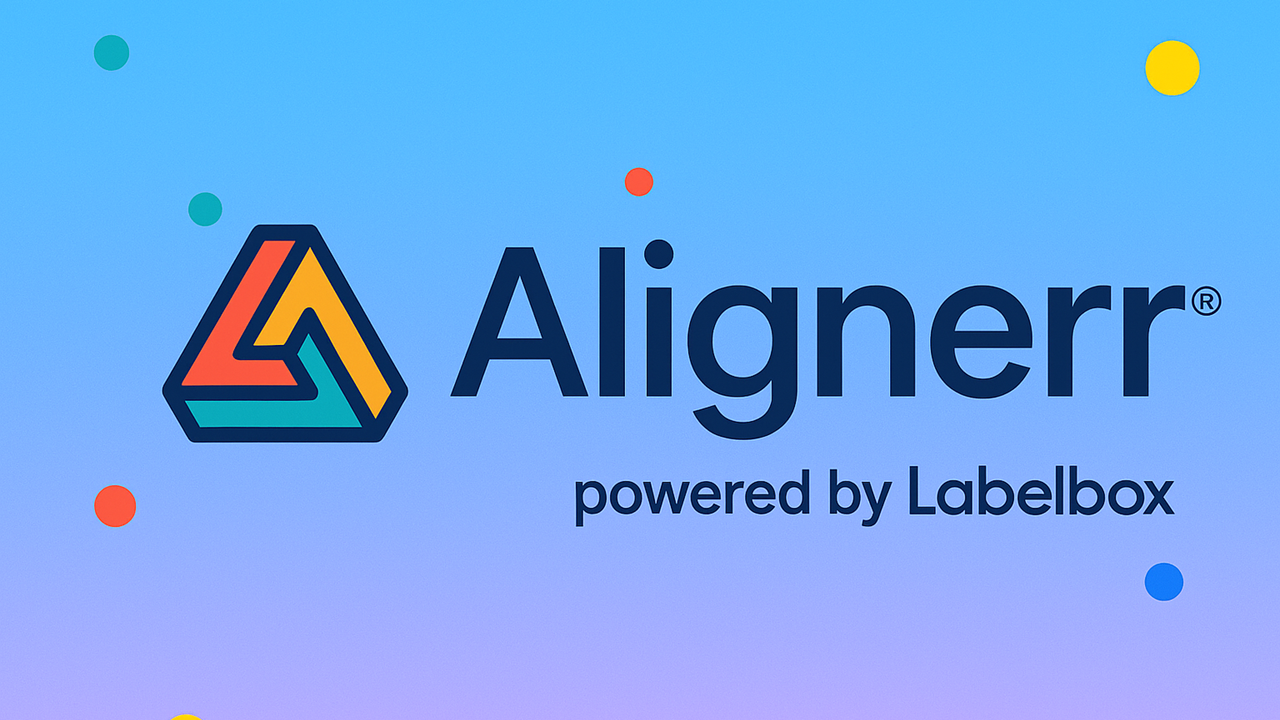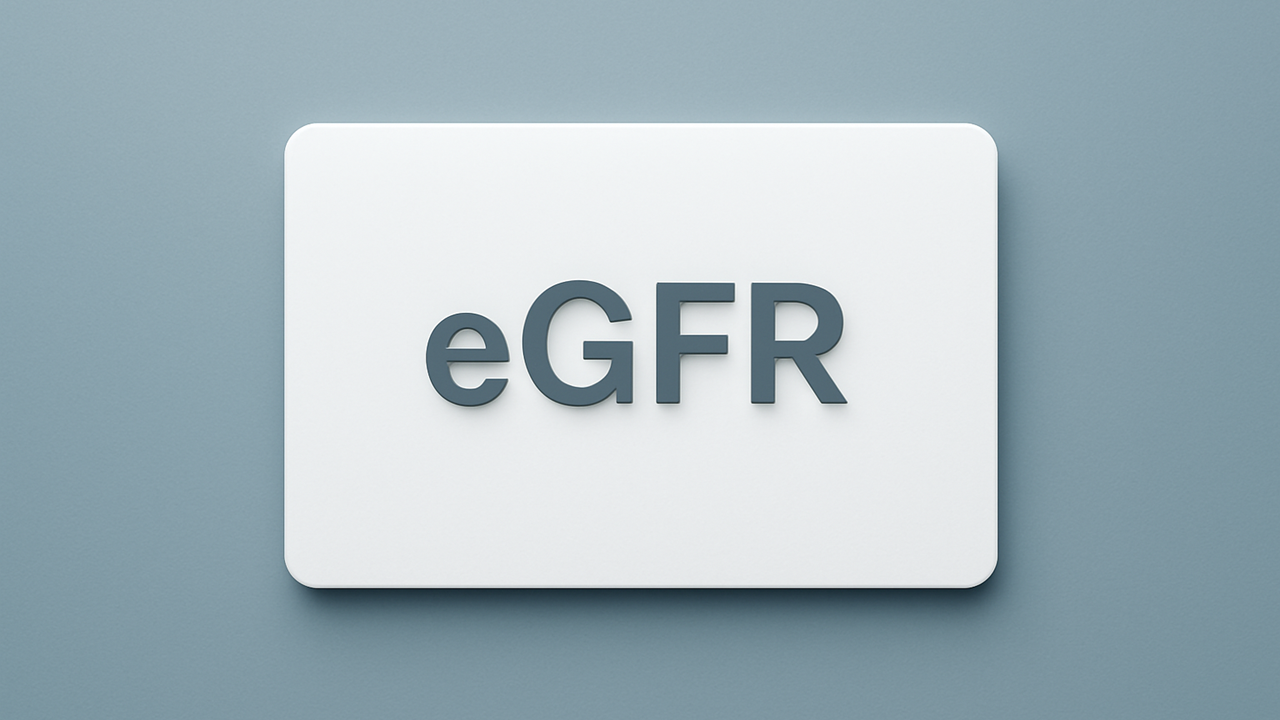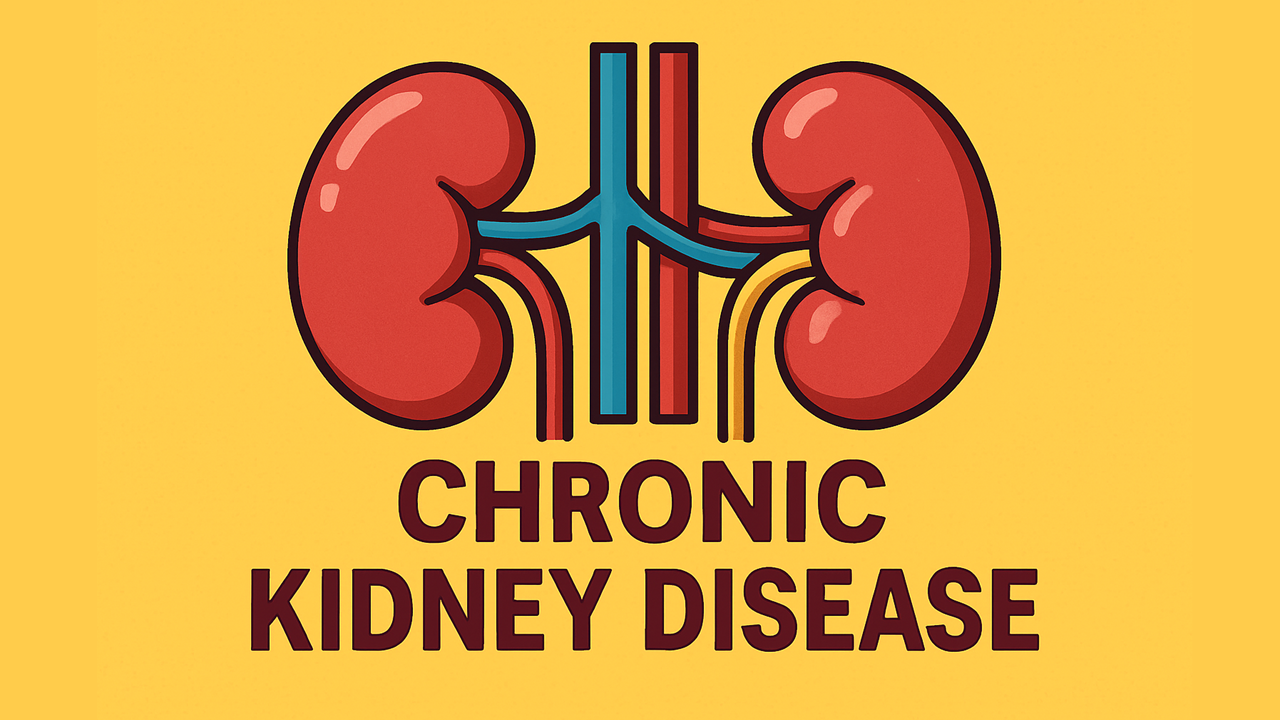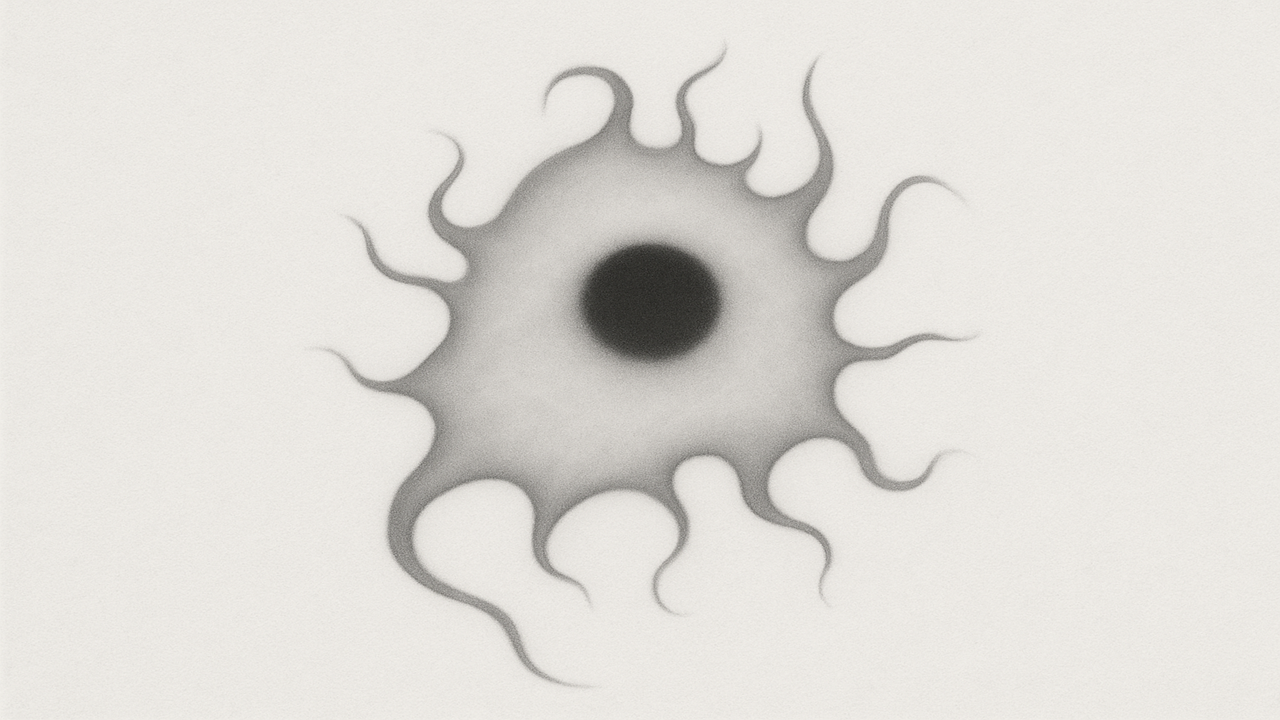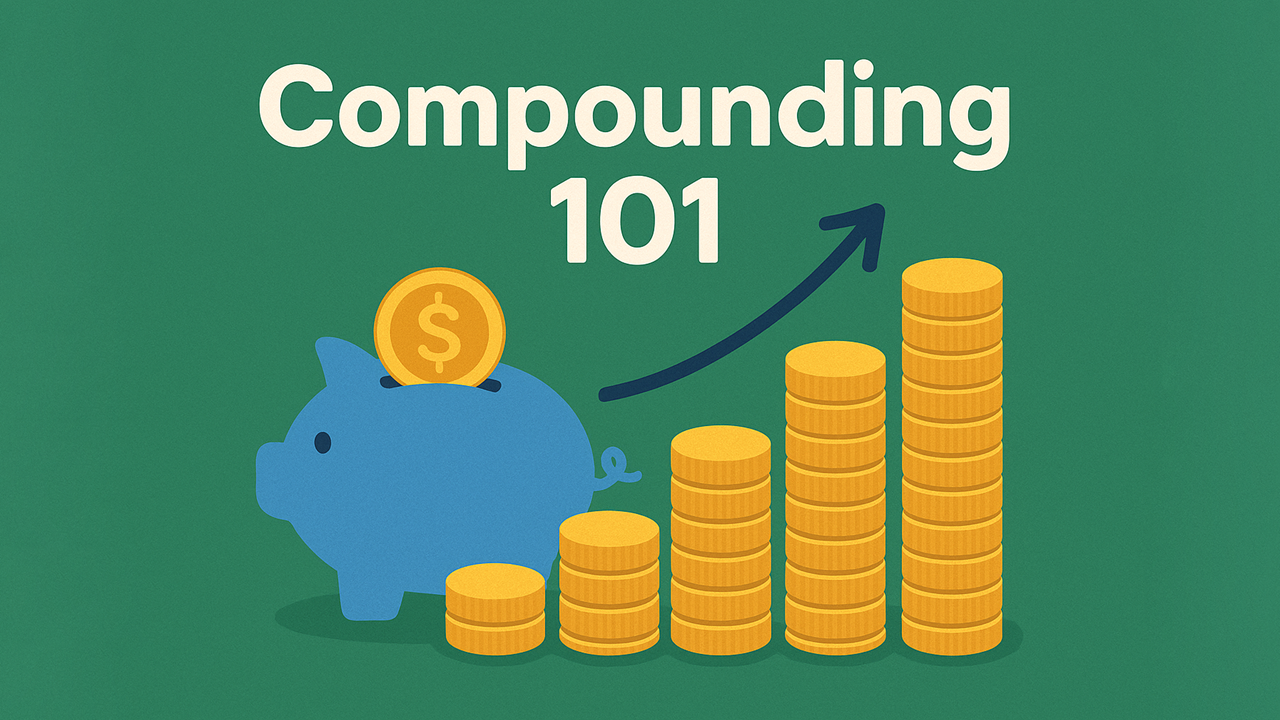Research-Backed Supplements for Treating Congestive Heart Failure
What Is Congestive Heart Failure?
Congestive heart failure (CHF) is a clinical syndrome in which the ventricles are unable to pump sufficient blood to meet systemic metabolic demands. The resultant decrease in cardiac output leads to elevated intracardiac pressures and venous congestion, producing pulmonary oedema, peripheral oedema, hepatic congestion and exercise intolerance (McDonagh et al., 2021). CHF is broadly categorised as heart failure with reduced ejection fraction (HFrEF, LVEF < 40 %) and heart failure with preserved ejection fraction (HFpEF, LVEF ≥ 50 %). Common aetiologies include ischaemic heart disease, long‑standing hypertension, valvular lesions and cardiomyopathies.
Pathophysiologically, CHF is characterised by maladaptive neuro‑hormonal activation. Chronic up‑regulation of the renin–angiotensin–aldosterone system (RAAS) and sympathetic nervous system (SNS) initially preserves perfusion but ultimately precipitates ventricular hypertrophy, fibrosis and apoptosis. Concomitantly, parasympathetic (vagal) modulation is blunted, yielding depressed heart‑rate variability (HRV)—a powerful predictor of sudden cardiac death and overall mortality in CHF (Ponikowski et al., 1997).
Guideline‑directed medical therapy (GDMT) aims to interrupt these pathways. Standard pharmacotherapy includes β‑blockers, ACE inhibitors or ARNI (sacubitril/valsartan), mineralocorticoid‑receptor antagonists and, increasingly, sodium–glucose co‑transporter‑2 inhibitors. Device therapy (implantable cardioverter‑defibrillators and cardiac resynchronisation) and advanced options (ventricular assist devices, transplantation) are reserved for select patients (McDonagh et al., 2021).
Despite therapeutic advances, morbidity and healthcare utilisation remain high; therefore, evidence‑based nutraceuticals that favourably influence haemodynamics, metabolism or autonomic tone are of considerable clinical interest. The following sections summarise supplements with human data demonstrating symptomatic, functional or prognostic benefit when added to GDMT.
Supplements for Congestive Heart Failure
Foxglove (Digitalis Glycosides)
Mechanism of Action: Digitalis glycosides (e.g., digoxin) inhibit Na⁺/K⁺‑ATPase, raising intracellular Na⁺ and Ca²⁺ and thereby augmenting myocardial contractility; they also slow atrioventricular nodal conduction—useful for rate control in atrial fibrillation (Katz, 2010).
Evidence: In the landmark DIG trial (n = 6,797), digoxin reduced heart‑failure hospitalisations but did not affect all‑cause mortality when added to then‑contemporary therapy (Digitalis Investigation Group, 1997).
Dosage: 0.125–0.25 mg orally once daily; dose adjusted for renal function and serum concentration goal 0.5–0.9 ng mL⁻¹.
Contraindications: High‑grade AV block, symptomatic bradycardia, significant renal impairment without close monitoring; narrow therapeutic index with risk of arrhythmias, visual disturbance and gastrointestinal upset, especially in hypokalaemia.
Notes: Pure foxglove preparations are not used; only standardised prescription digoxin is acceptable. Current guidelines reserve digoxin for persistent symptoms or rate control in AF unresponsive to β‑blockade.
Hawthorn (Crataegus spp.) Extract
Mechanism of Action: Flavonoid‑rich extracts exert mild positive inotropy, endothelium‑dependent vasodilation and anti‑arrhythmic activity via ion‑channel modulation and antioxidant effects (Tassell et al., 2010).
Evidence: A Cochrane review of 14 RCTs (n = 855) showed improved exercise tolerance and symptom scores versus placebo (Pittler et al., 2008). However, the HERB‑CHF trial (n = 120) found no superiority over placebo when layered on modern GDMT (Zick et al., 2009).
Dosage: 900 mg day⁻¹ of standardised leaf‑and‑flower extract (e.g., WS‑1442 450 mg twice daily) for ≥ 8 weeks.
Contraindications: Concomitant digoxin or hypotensive agents may potentiate bradycardia or hypotension. Avoid pregnancy; rare GI or dizziness events reported.
Notes: Benefits appear greatest in NYHA I–II patients with sub‑optimal drug tolerance. Use only standardised preparations; berry‑only products are not evidence‑based.
Coenzyme Q10 (Ubiquinone/Ubiquinol)
Mechanism of Action: An essential mitochondrial co‑factor facilitating electron transport and ATP synthesis; additionally, it possesses membrane‑stabilising and antioxidant properties (Mortensen et al., 2014).
Evidence: The Q‑SYMBIO RCT (n = 420) demonstrated a 42 % relative reduction in cardiovascular mortality and a 43 % reduction in HF hospitalisations after 2 years of CoQ10 300 mg day⁻¹ (Mortensen et al., 2014).
Dosage: 100 mg three times daily (ubiquinone) with fat‑containing meals; equivalent ubiquinol 200 mg twice daily may be used.
Contraindications: Generally safe; may reduce warfarin effect—monitor INR. Occasional dyspepsia or insomnia.
Notes: Tissue levels decline with age and statin therapy; long‑term supplementation (> 3 months) may be required for full benefit.
Omega‑3 Fatty Acids (EPA + DHA)
Mechanism of Action: Incorporation into myocardial membranes confers anti‑arrhythmic stability, anti‑inflammatory effects and modest afterload reduction (Tavazzi et al., 2008).
Evidence: In the GISSI‑HF trial (n = 6,975), 1 g day⁻¹ EPA/DHA reduced all‑cause mortality by 9 % and the composite of death or CV hospitalisation by 8 % over 3.9 years (Tavazzi et al., 2008).
Dosage: 1 g day⁻¹ combined EPA + DHA (≥ 850 mg ethyl‑esters). Higher doses are not proven for CHF endpoints.
Contraindications: Caution with high‑dose anticoagulation; mild GI upset or fishy eructation possible.
Notes: Ensure product purity; algal EPA/DHA acceptable for fish allergy.
Thiamine (Vitamin B₁)
Mechanism of Action: Co‑enzyme for pyruvate dehydrogenase; deficiency impairs aerobic metabolism in cardiomyocytes, exacerbating low-output states (Lonsdale & Thorne, 2021).
Evidence: High‑dose thiamine (300 mg day⁻¹, 6 weeks) increased LVEF by ≈ 10 % in a crossover RCT of diuretic‑treated HF patients (Shimon et al., 1995). Meta‑analytic data show benefit mainly in deficient individuals (Smith et al., 2021).
Dosage: 100–300 mg day⁻¹ oral; IV 100 mg daily for repletion in hospitalised or overtly deficient patients.
Contraindications: Extremely rare hypersensitivity; IV preparations may rarely cause anaphylaxis.
Notes: Loop diuretics enhance urinary thiamine loss—consider routine supplementation in long‑term users.
Intravenous Iron (ferric carboxymaltose)
Mechanism of Action: Repletes systemic and myocardial iron, improving oxidative phosphorylation and haemoglobin‑mediated oxygen delivery (Anker et al., 2009).
Evidence: FAIR‑HF (n = 459) and CONFIRM‑HF showed significant improvements in NYHA class, 6‑min walk distance and ≥ 30 % reduction in HF hospitalisations with IV iron in iron‑deficient CHF (Anker et al., 2009).
Dosage: Weight‑ and Hb‑based total repletion dose (500–1,000 mg) IV, repeated as needed to maintain ferritin > 100 µg L⁻¹ or TSAT > 20 %.
Contraindications: Ferritin > 300 µg L⁻¹ or active infection. Monitor for mild infusion reactions.
Notes: Oral iron is poorly tolerated and ineffective in CHF; IV repletion is guideline‑recommended for symptomatic iron deficiency.
Taurine
Mechanism of Action: Modulates intracellular Ca²⁺ handling, stabilises membranes, and exhibits antioxidant effects, collectively enhancing contractility and attenuating arrhythmias (Ripps & Shen, 2012).
Evidence: A double‑blind crossover trial (3 g day⁻¹, 4 weeks) improved NYHA class and systolic time intervals without adverse events (Azuma et al., 1985).
Dosage: 3 g day⁻¹ (1 g t.i.d.); doses up to 6 g appear safe.
Contraindications: None in normal renal function; use caution in severe renal failure. Occasional mild GI discomfort.
Notes: Widely used as a prescription adjunct in Japan; may synergise with CoQ10 for mitochondrial support.
Acetyl-L‑Carnitine
Mechanism of Action: Facilitates mitochondrial β‑oxidation of long‑chain fatty acids, improving myocardial ATP production and scavenging toxic acyl‑CoA species (Song et al., 2017).
Evidence: Meta‑analysis of 17 RCTs (n = 1,625) showed a mean LVEF increase of 4 % and reductions in BNP with 1.5–3 g day⁻¹ L‑carnitine (Song et al., 2017).
Dosage: 1.5–3 g day⁻¹ divided; propionyl‑L‑carnitine 500 mg t.i.d. used in exercise studies.
Contraindications: Rare seizure precipitation in predisposed individuals; large doses may cause fishy odour or diarrhoea.
Notes: Potentially most beneficial in ischaemic cardiomyopathy or documented carnitine deficiency (e.g., dialysis).
Vitamin D₃
Mechanism of Action: Suppresses renin expression, modulates inflammation and improves myocardial Ca²⁺ handling; deficiency correlates with poorer EF and outcomes (Witte et al., 2016).
Evidence: VINDICATE trial (4,000 IU day⁻¹, 12 months) increased LVEF by 6 % and reduced LV dimensions in deficient HFrEF patients (Witte et al., 2016).
Dosage: 2,000–4,000 IU day⁻¹ oral; target 25‑OH‑vitamin D ≥ 30 ng mL⁻¹. Re‑check levels after 3 months.
Contraindications: Hypercalcaemia, granulomatous disease. Monitor calcium if high‑dose.
Notes: Correcting deficiency may enhance muscular strength and quality of life; benefits accrue over months.
Berberine
Mechanism of Action: Provides positive inotropy, class III anti‑arrhythmic effects (IKr blockade) and afterload reduction through endothelial nitric‑oxide release (Zeng et al., 2003).
Evidence: In a RCT of 156 severe CHF patients, berberine 1.2–2.0 g day⁻¹ improved LVEF, reduced ventricular arrhythmias and lowered two‑year mortality (9 % vs 17 %) compared with placebo (Zeng et al., 2003).
Dosage: 400 mg three to four times daily (total 1.2–1.6 g); higher doses up to 2 g used under supervision.
Contraindications: Pregnancy, severe bradycardia/AV block, concomitant QT‑prolonging drugs. CYP3A4 and P‑gp inhibitor—monitor interacting medications.
Notes: Dual metabolic benefits (glucose and lipid lowering) are attractive in cardio‑metabolic patients; quality‑controlled sources essential.
Ongoing Research
Large multicentre trials are underway to validate mortality benefits of CoQ10 (Q‑SYMBIO II) and to determine whether repeated intravenous iron (HEART‑FID) improves long‑term survival. Precision‑nutrition studies are exploring genomic predictors of response to omega‑3 and CoQ10 supplementation, while novel formulations (e.g., berberine phytosomes, liposomal taurine) aim to enhance bioavailability. Device‑based autonomic modulation—such as transcutaneous vagal‑nerve stimulation and wearable HRV‑biofeedback platforms—is being tested for additive improvements in HRV and arrhythmia burden. Finally, nutraceutical strategies targeting HFpEF (e.g., inorganic nitrate, resveratrol) are entering phase‑II evaluation, reflecting a shift towards metabolic and endothelial phenotyping in supplement research.
References
Anker, S. D., Comin‑Colet, J., Filippatos, G., et al. (2009). Ferric carboxymaltose in patients with heart failure and iron deficiency. New England Journal of Medicine, 361(25), 2436–2448. https://doi.org/10.1056/NEJMoa0908355
Azuma, J., Sawamura, A., Awata, N., et al. (1985). Therapeutic effect of taurine in congestive heart failure: A double‑blind crossover trial. Clinical Cardiology, 8(5), 276–282. https://doi.org/10.1002/clc.4960080510
Digitalis Investigation Group. (1997). The effect of digoxin on mortality and morbidity in patients with heart failure. New England Journal of Medicine, 336(8), 525–533. https://doi.org/10.1056/NEJM199702203360801
Katz, A. M. (2010). Physiology of the Heart (5th ed.). Lippincott Williams & Wilkins.
Mortensen, S. A., Rosenfeldt, F., Kumar, A., et al. (2014). Effect of coenzyme Q10 on morbidity and mortality in chronic heart failure: Results from Q‑SYMBIO. JACC: Heart Failure, 2(6), 641–649. https://doi.org/10.1016/j.jchf.2014.06.008
McDonagh, T. A., Metra, M., Adamo, M., et al. (2021). 2021 ESC guidelines for the diagnosis and treatment of acute and chronic heart failure. European Heart Journal, 42(36), 3599–3726. https://doi.org/10.1093/eurheartj/ehab368
Pittler, M. H., Guo, R., & Ernst, E. (2008). Hawthorn extract for treating chronic heart failure. Cochrane Database of Systematic Reviews, (1), CD005312. https://doi.org/10.1002/14651858.CD005312.pub2
Ponikowski, P., Anker, S. D., Chua, T. P., et al. (1997). Depressed heart rate variability as an independent predictor of death in chronic congestive heart failure. American Journal of Cardiology, 79(12), 1645–1650. https://doi.org/10.1016/S0002-9149(97)00144-5
Song, X., Qu, H., Yang, Z., et al. (2017). Efficacy and safety of L‑carnitine treatment for chronic heart failure: A meta‑analysis. BioMed Research International, 2017, 6274854. https://doi.org/10.1155/2017/6274854
Tavazzi, L., Maggioni, A. P., Marchioli, R., et al. (2008). Effect of n‑3 polyunsaturated fatty acids in patients with chronic heart failure (GISSI‑HF). Lancet, 372(9645), 1223–1230. https://doi.org/10.1016/S0140-6736(08)61239-8
Witte, K. K., Nikitin, N. P., Foster, C. R., et al. (2016). Vitamin D supplementation improves cardiac function in chronic HF (VINDICATE). Journal of the American College of Cardiology, 67 (Suppl), doi:10.1016/S0735‑1097(16)31836‑5
Zeng, X. H., Zeng, X. J., & Li, Y. Y. (2003). Efficacy and safety of berberine for congestive heart failure secondary to dilated cardiomyopathy or coronary heart disease. American Journal of Cardiology, 92(2), 173–176. https://doi.org/10.1016/S0002-9149(03)00529-9
Zick, S. M., Vautaw, B. M., Gillespie, B., & Aaronson, K. D. (2009). Hawthorn extract randomized blinded chronic heart failure (HERB‑CHF) trial. European Journal of Heart Failure, 11(10), 990–999. https://doi.org/10.1093/eurjhf/hfp122
Smith, A. M., Katzberg, H. D., & Nand, J. (2021). Thiamine supplementation in heart failure: A systematic review. Heart Failure Reviews, 26(5), 1105–1116. https://doi.org/10.1007/s10741-021-10077-7
Ripps, H., & Shen, W. (2012). Review: Taurine—the abundant amino acid in the retina. Journal of Ocular Biology, 1(1), 1–11.
About the Author
Harry Negron is the CEO of Jivaro, a writer, and an entrepreneur with a strong foundation in science and technology. He holds a B.S. in Microbiology and Mathematics and a Ph.D. in Biomedical Sciences, with a focus on genetics and neuroscience. He has a track record of innovative projects, from building free apps to launching a top-ranked torrent search engine. His content spans finance, science, health, gaming, and technology. Originally from Puerto Rico and based in Japan since 2018, he leverages his diverse background to share insights and tools aimed at helping others.




